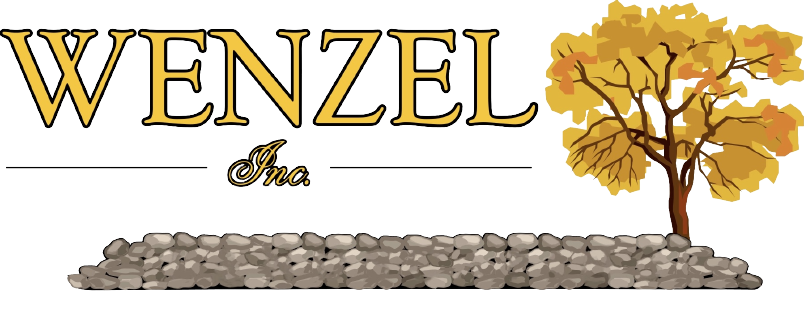Paver patterns transform what would be ordinary patios, walkways, and driveways of identical pavers into captivating surfaces. Paver patterns add personality to hardscape features and can make paved surfaces appear larger or smaller. They are incredibly versatile tools that, when backed by the necessary know-how, can take a walkway to an entirely new level than what you may have first envisioned for your Norfolk, MA, outdoor living space. Consider one of the following paver patterns for your new walkway:
A Herringbone Formation
The herringbone paver pattern is frequently found in areas of high traffic because it prevents pavers from shifting out of place under the pressure of heavy loads or massive shear force. Renowned for its durability in vehicular applications, this pattern is created by laying pavers at either 45 or 90 degrees to each other. The pavers are interlocked in such a way that makes lifting and replacing individual pavers simple and traceless in the unlikely event that repairs become necessary. In addition to its practical benefits, this paver pattern is elegant and can be made more captivating by utilizing pavers in slightly different shades.
A Running Bond Design
The running bond paver pattern is one of the most simple—and most effective—designs. Pavers are laid in an offset configuration, with successive pavers breaking the jointing lines created by those laid before them. A certain degree of interlock is created by offsetting the joints as opposed to creating long, continuous lines. The running bond paver pattern is renowned for its ability to create the illusion of space. It can be used to make a surface appear longer or wider—depending on the direction in which the pavers are laid. Linear pavers work best to achieve this crisp and simplistic paver pattern.
Related: Add Character to Your Walkway with These Edging Ideas in Chestnut Hill, MA
A Randomized Paver Pattern
Pavers in several shapes and sizes can be collected for the creation of a calculated pattern with a purely random appearance. Pavers with different dimensions are arranged in a well-planned layout that minimizes wastage, yet looks haphazard and unintentional. This paver pattern is particularly well-suited to rustic and naturalistic hardscapes, as it conceals much of the man-made nature of a paved surface.
A Circular Formation
This paver pattern is most often used to create focal points within very large paved surfaces. Pavers are laid in concentric circles that converge to a point, which can either be centered or placed off-center—depending on the layout of the surface and the desired visual effect. These circular patterns can even be created amidst repetitions of a different paver pattern, like the herringbone or running bond designs. Consider alternating between two different pavers when opting for a circular pattern—the result will be a bold and eye-catching design.
Related: 5 Welcoming Walkway Ideas for Your Front Yard in Norfolk, MA
A Basket Weave Design
The basket weave paver pattern looks particularly stunning when achieved using rustic bricks, as it originates from old-world Europe and can be found in age-old Mediterranean hardscapes. This paver pattern can add a touch of authenticity to any hardscape with a timeworn aesthetic theme, especially when tumbled and weathered pavers are used. The pattern alternates between pairs of vertically and horizontally laid pavers, creating color-blocking opportunities for the artistic-minded homeowner.


